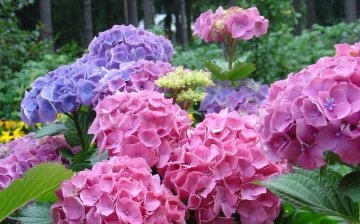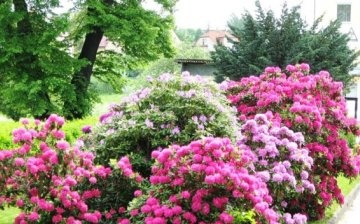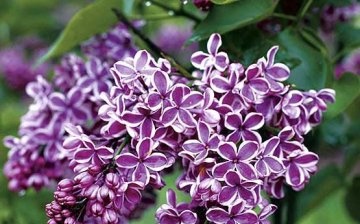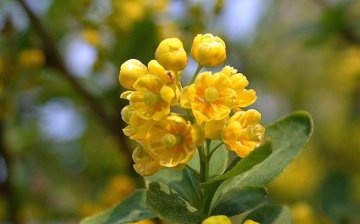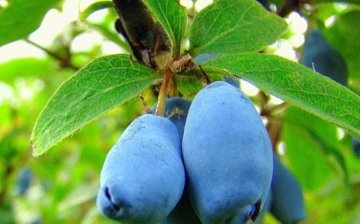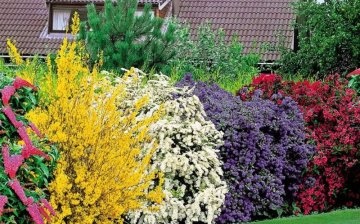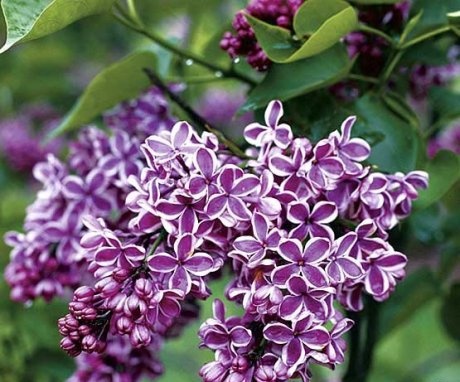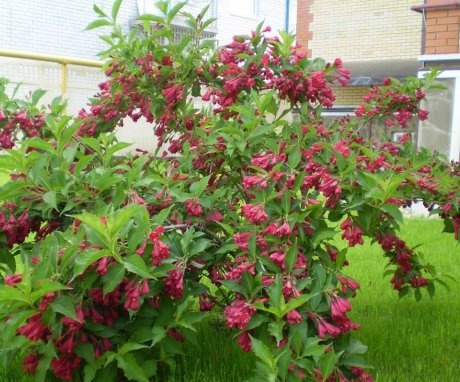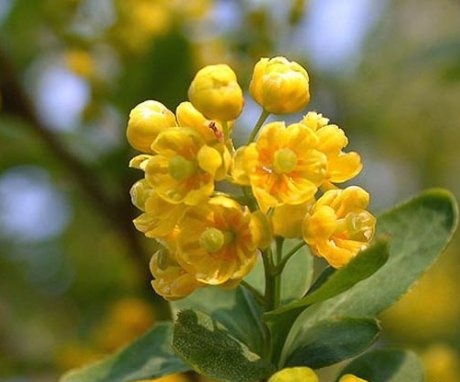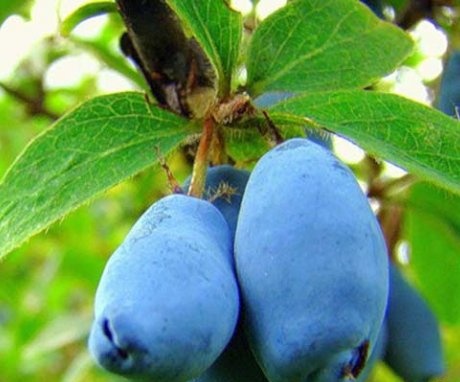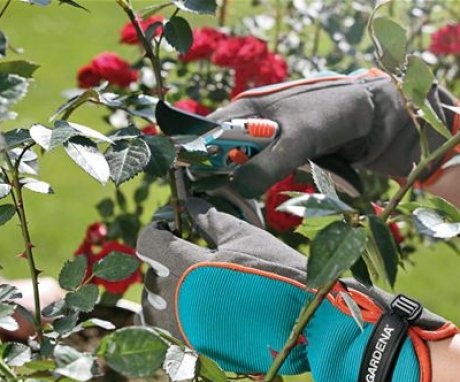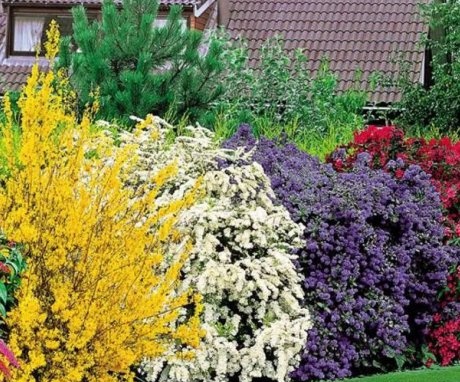The most beautiful flowering shrubs for the garden
It is difficult to imagine a summer cottage without various flowering shrubs. After all, they are able not only to decorate the garden, but also to bear fruit, which can later be used as decorative elements or even medicinal products.
Many gardeners are thinking about where to place this or that shrub, as well as how to correctly combine the group of shrubs that they want to plant on the site. All these nuances must be thought out in advance so that the plants will delight the eye with their flowering for the whole season.
Content:
- How to choose a flowering shrub for your garden
- Winter hardy shrubs
- Shade-tolerant shrubs
- Fast growing shrubs
- Fruit shrubs
- How to care for shrubs
- How to decorate the landscape beautifully
How to choose a flowering shrub for your garden
The main criteria by which it is necessary to select a shrub for planting on a site:
- Decorative properties. You should think in advance about how this or that shrub will look on the site, and how it will be combined with other plants. Among the variety of plant species, it is easy to choose a shrub to your liking, given the most diverse distinctive characteristics: the shape of leaves and flowers, a variety of shades and even aroma. You can pick up a composition of several shrubs, the flowering of which will change one after another.
- The height and shape of the stems of shrubs also play an important role. For example, for a small area, a composition of tall and not wide shrubs may be suitable, which will compactly fit into the space allotted to them.
- Features of care. Before purchasing this or that shrub, it is important to take into account its climatic preferences and pay attention to the care that will need to be carried out for the plant. For example, if a shade-loving shrub is planted in a sunny area, then it is unlikely that it will delight with its flowering and rapid growth.
Winter hardy shrubs
The most beautiful winter-hardy shrubs for the garden:
- Lilac - a very common and beloved shrub by many, which reaches a height of up to three meters. However, the lilac can be cut and shaped to the desired shape. Lilac blooms in early summer.
- Spirea - a tall shrub that can reach two meters in height, however, some varieties can be called stunted. The plant is quite sprawling, since flowering occurs on the entire area of the shrub. The flowers pull the branches down, usually being white. The flowering period is in spring and summer.
- Hydrangea fell in love with gardeners for its large inflorescences. However, it is important to remember that this shrub must be pruned twice a year: in the spring and fall. Hydrangea blooms in summer.
- Buddley is rarely seen in a personal plot, but it deserves attention, since the shrub blooms for a rather long period - from summer to mid-autumn. The plant can grow up to three meters in height, so it can be trimmed to the desired shape.
Two more important criteria by which it is worth choosing a shrub for planting for a long-term period are shade tolerance and belonging to perennial plants.Such shrubs can cover unsightly places in the garden, as well as decorate the area around buildings.
Shade-tolerant shrubs
The most popular types:
- Action is compact in size and begins to bloom in early spring. The pink and white flowers are pleasing to the eye, and the branches can be trimmed to shape.
- Wisteria refers to tall plants, because its height can reach 18 meters. Small lilac flowers have a very pleasant aroma. Flowering takes place throughout the summer.
- Weigela is a low-growing shrub, barely reaching a meter in height. Flowers of a bright pink hue begin to appear from mid-spring and can linger until the first frost.
These shrubs are also considered winter-hardy, but it is still recommended to insulate them with spruce branches. If the main purpose of landing is to hedges, then fast-growing shrubs will come to the rescue
Fast growing shrubs
The most common types of fast growing shrubs:
- Dogwood in addition to its decorative function, it will produce fruits that can be eaten. The shrub can grow up to five meters in height, and spreading requires timely pruning and shaping.
- Blackthorn is also a fast growing and fruiting shrub. It reaches three meters in height. The flowers of the thorn have a very pleasant almond aroma, and the fruits can be eaten after the first frost.
- Barberry continues the chain of fruit bushes. The height of the barberry can be adjusted by the correct selection of the variety. The plant forms a dense impassable wall, which must be formed in a timely manner.
In order to combine the pleasant appearance of the site and the benefits for the body, several fruit bushes should be planted in the garden. As a rule, these shrubs are most often planted by amateur gardeners.
Fruit shrubs
The most popular fruit shrubs that gardeners love to grow are the following:
- Honeysuckle is a tall shrub, growing up to 2.5 meters in length. The plant can be shaped as desired. However, the shrub grows very slowly, so they are pruned 5-7 years after planting. Honeysuckle fruits are very beneficial for the body.
- Viburnum another representative of a tall shrub. It blooms in summer, and spherical inflorescences look good on the site. Viburnum fruits remain on the bush until the first snowfalls.
- Raspberries and blackberry - all familiar fruit bushes. They are distinguished by self-pollination, so there is no point in planting different varieties of these plants in one place. Shrubs grow very quickly and require annual thinning.
- Gooseberry - one of the most unpretentious fruit shrubs, which does not require special care. The only weak point is low frost resistance and a dislike for abundant watering.
How to care for shrubs
There are general rules for caring for shrubs that should be followed:
- The most successful period for planting and transplanting shrubs is autumn. The basic rule is to meet deadlines. This is important, since the plant must have time to adapt and take root before the onset of frost.
- Particular attention should be paid to soil preparation. It implies complete removal weeds and digging up the soil.
- The indentations for planting should be made with a margin so that you can straighten the roots of the plant, avoiding creases.
- At the bottom of the recess, you can put top dressing from compost, or peat mixed with fertilizer.
- If the shrub is sprawling and will require garters, then you can prudently install a support in the center of the planting.
- It is important not to exceed the permissible distances between planted shrubs.
- In conclusion, it is necessary to water the shrub abundantly, you can also carry out mulching soil around it.
Special attention should be paid to preparing shrubs for wintering. It includes the following stages:
- Pruning
- Soil cleansing and feeding
- Pest control
Pruning involves getting rid of dry and diseased branches and shaping the plant. This procedure should be carried out as follows:
- Remove dry and broken branches.
- Then you can start removing weak shoots.
- Cut off branches that rush up and grow at right angles.
- Slices are treated with garden pitch.
- The cut branches are burned.
To cleanse the soil, it is enough to dispose of the cut branches, because the fallen leaves will become a good fertilizer. An exception is the presence of diseased plants on the site. In this case, all fallen leaves and non-treatable plants must be disposed of. It is good to use for feeding mineral fertilizers, which are brought under the shrubs.
You can start the feeding process at the end of the summer period.
In order to protect the shrub from pests and frost, you can use the following methods:
- Bandage the trunk of the bush with rags of kraft paper, and put spruce branches on top.
- Use a protective netting around the stem of the plant.
Proper preparation of plants for wintering is a guarantee of an easier waiting out of this difficult period, which gives a guarantee that all shrubs will survive and will delight with their beauty next year.
How to decorate the landscape beautifully
A few ideas to decorate the site beautifully:
- It is believed that curb shrubs go well with conifers. Very successful group compositions can be created from them.
- A good combination can be achieved by combining yellow and red foliage shades.
- Weigelu can be planted, making out an alpine slide, or next to trees.
- For decorating arbors and hedges, climbing shrubs (for example, vineyards or liana) are well suited.
- To cover the ground with a low green carpet, a gaultery will do.
- Hydrangea well suited for decorating borders and composing group compositions.
- Fast-growing shrubs can be used to build a hedge (for example, dogwood or barberry).
- It will help to accentuate any place on the site viburnum or lilac, they look good even in single landings.
- A curly cut shrub can become a highlight of the garden.
- Often landscape designers resort to highlighting shrub compositions.
- With the help of competently composed compositions of shrubs, various zones in the garden can be distinguished: to beat a small decorative pond, beautifully arrange a gazebo and paths, build a fence, and cover unpleasant places on the site.
- You can make various types of compositions from shrubs, which will have the same crown shape (for example, round), or specially place shrubs that are radically different in the shape and width of the leaves.
- The correct combination is to compose a composition, taking into account the layering of the shrubs. As a rule, they are ranked from highest to lowest, without mixing in random order.
A huge number of different shrubs give full free rein to imagination. Among them, you can choose your favorite plants and create unique compositions that will decorate the garden, attracting everyone's attention. However, it is important to remember that every shrub needs proper and timely care, because it is he who is the key to healthy, beautiful and strong plants.
More information can be found in the video:



